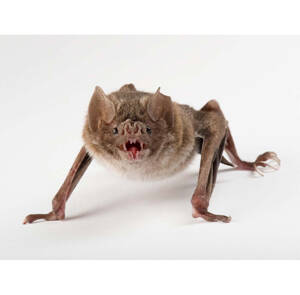
Rhinolophus marshalli
Lesser Brown Rhinolophus
Rhinolophus maculata is a small cave bat. It has been seen living in the sam···
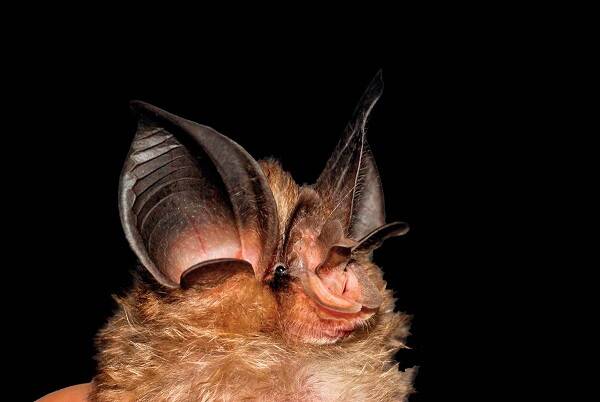
Big-eared Horseshoe Bat
Big-eared Horseshoe Bat
Rhinolophus macroetalis is a bat of the genus Rhinolophidae. It lives in sma···
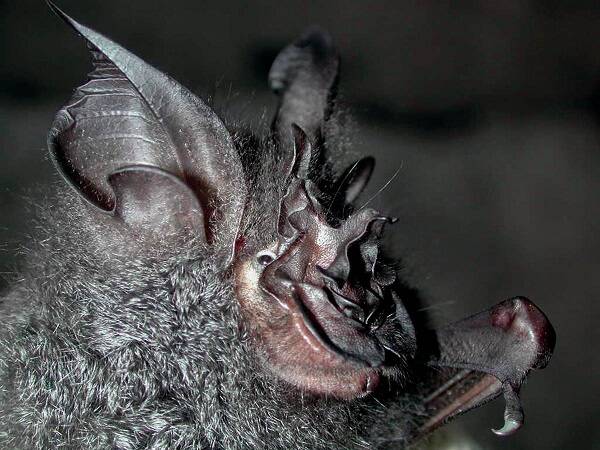
Rhinolophus luctus
Rhinolophus luctus;woolly horseshoe bat
The Great Rhinolophus lives in caves, often sharing a cave with other specie···
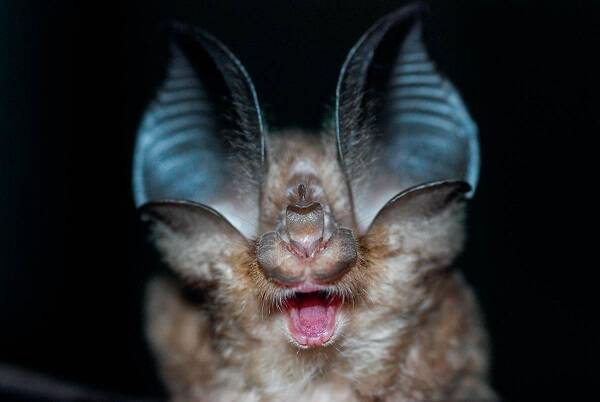
Rhinolophus huananus
Rhinolophus chinensis
The number of South China Rhinolophus is relatively rare, and it is a cave-t···
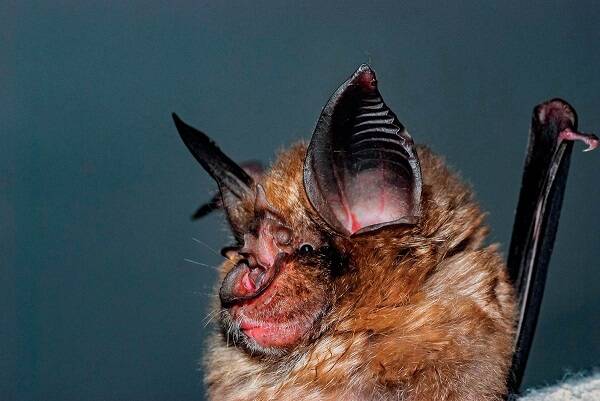
Greater Horseshoe Bat
Greater Horseshoe Bat
There are species of mouse-eared bat and Oriental bat in the roost cave. Dur···
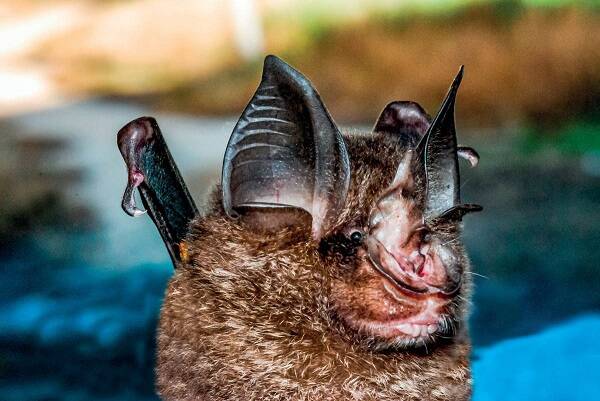
Rhinolophus medius
Rhinolophus affinis
The middle horseshoe bat is a common cave bat species. It lives in moist cav···
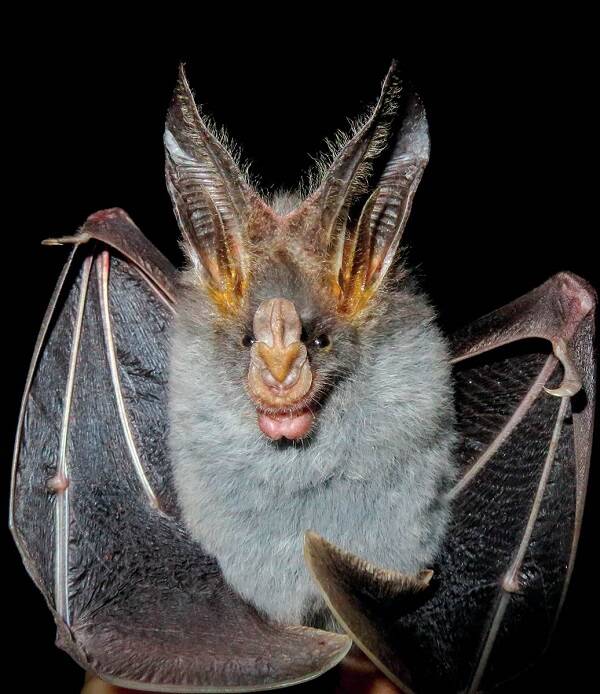
Malayan false vampire bat
This species belongs to the subgenus <Megaderma>. Bergmans & Bree ···
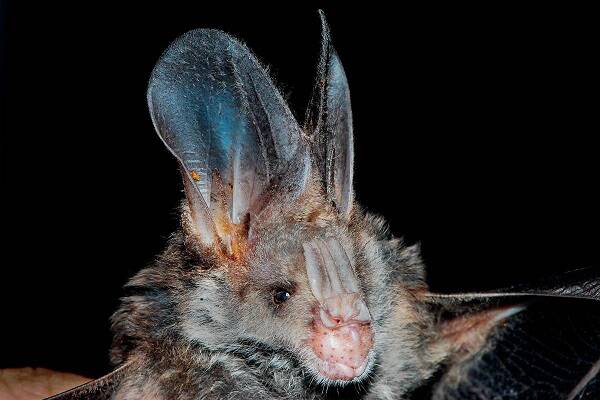
Megaderma lyra
Megaderma lyra
The Indian false vampire bat usually moves in groups of dozens and does not ···
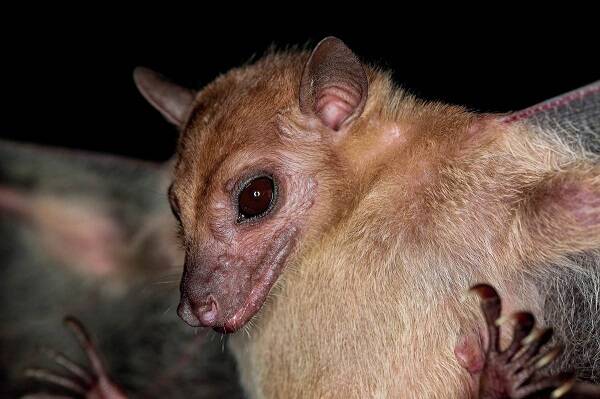
Rousettus leschenaulti
Rousettus leschenaulti、Leschenault's rousette
Brown fruit bats are typical tropical bats that do not hibernate. Although t···
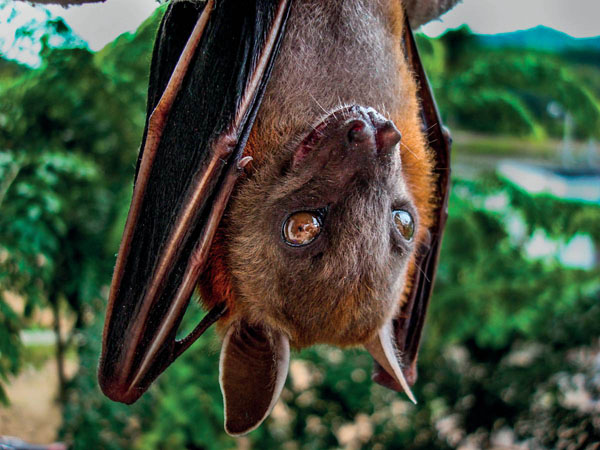
Penthetor lucasi
Short-nosed fruit bat, Canis familiaris
Dog bats are a single genus of the genus Short-nosed fruit bat of the order ···
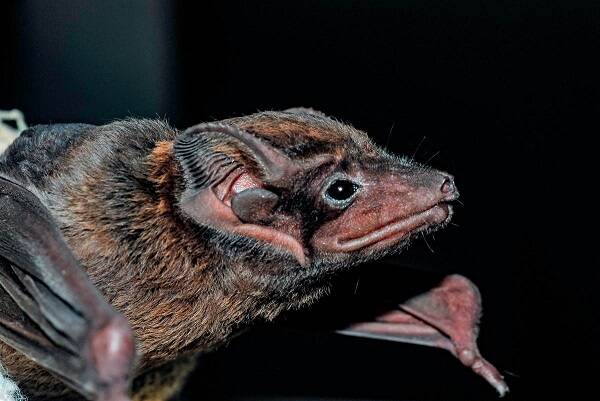
Taphozous melanopogon
Taphozous melanopogon
The black-bearded tomb bat (Taphozous melanopogon), also known as the black-···

Macroglossus sobrinus
Macroglossus sobrinus
Andersen's long-tongued fruit bat (<M. sobrinus>) was named by And···
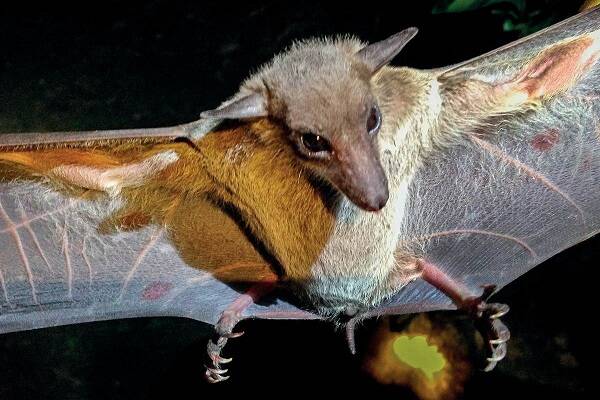
Eonycteris spelaea
CHIROPTERA
The tongue of the long-tongued fruit bat is very long, with a brush-like pro···

